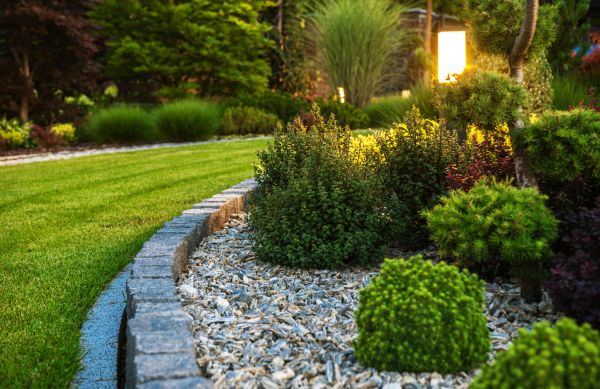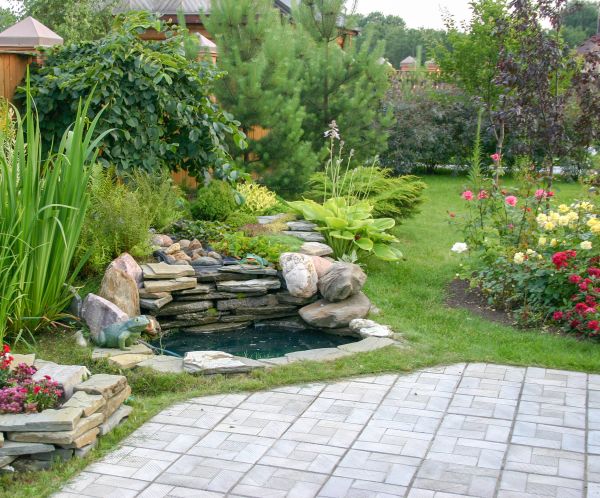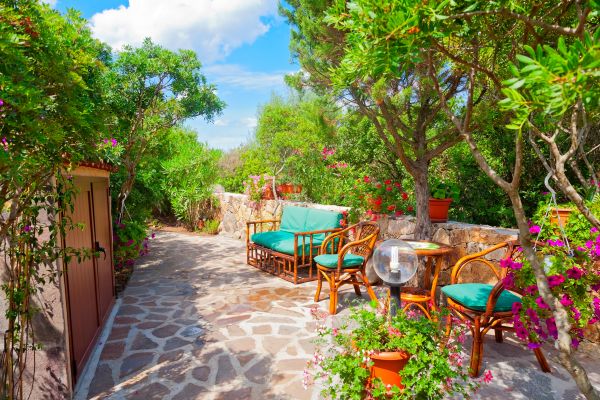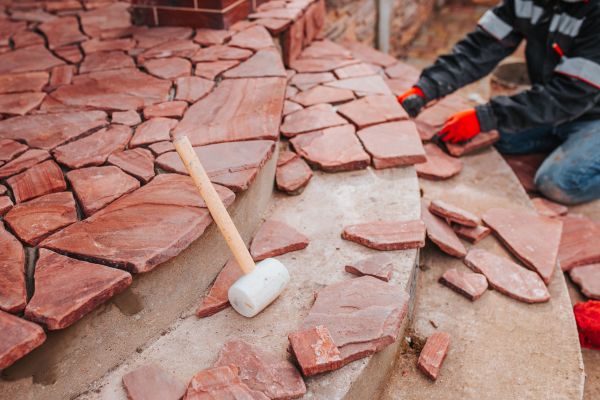Garden Hardscaping Service
Affordable Garden Hardscaping
Garden hardscaping refers to the non-plant elements incorporated into a garden's design, such as patios, pathways, walls, and other structures. These elements play a crucial role in enhancing the aesthetic appeal and functionality of outdoor spaces. By integrating hardscaping features, you can create a harmonious balance between nature and structure, offering a more organized and visually appealing environment. Hardscaping is important because it provides structure, helps with soil erosion control, and increases the usability of garden spaces, making them more accessible and enjoyable for everyday use.
Benefits of Garden Hardscaping
-
Improved Aesthetic Appeal
Hardscaping elements like stone pathways, wooden decks, and water features can significantly enhance the visual appeal of any garden. They provide texture, contrast, and a sense of permanence that complements the natural beauty of plants and flowers. By carefully selecting materials and designs, you can create a cohesive look that reflects personal style and adds value to the property. -
Increased Functionality
By incorporating hardscaping features, you can transform an outdoor space into a functional area for entertaining, dining, or relaxation. Patios and decks provide a stable surface for furniture, while pathways improve accessibility and guide visitors through the garden. This increased functionality allows for more frequent and varied use of the outdoor space. -
Low Maintenance
Hardscaping requires less maintenance compared to traditional landscaping. Once installed, features like stone patios, retaining walls, and gravel paths need minimal upkeep, saving time and effort. This makes hardscaping an ideal choice for those who want a beautiful garden without the constant need for gardening tasks. -
Enhanced Property Value
A well-designed garden with quality hardscaping can significantly boost the property's curb appeal and market value. Prospective buyers often appreciate the added functionality and aesthetic appeal that hardscaping provides, making it a worthwhile investment for homeowners looking to enhance their property's worth.
FAQs About Garden Hardscaping
What is the difference between hardscaping and landscaping?
Hardscaping refers to the non-living elements of a garden, such as stone, wood, and concrete structures, while landscaping involves the living elements, like plants and flowers. Together, they create a balanced and functional outdoor environment.
How does hardscaping help with erosion control?
Hardscaping features like retaining walls and terraces can help manage water flow and prevent soil erosion. By stabilizing the soil and directing water away from vulnerable areas, hardscaping protects the garden and maintains its integrity.
Can hardscaping be eco-friendly?
Yes, hardscaping can be eco-friendly by using sustainable materials and designs that minimize environmental impact. Permeable paving, for example, allows water to seep through, reducing runoff and promoting groundwater recharge.
Is professional installation necessary for hardscaping?
While some small-scale hardscaping projects can be DIY, professional installation ensures that the design is both aesthetically pleasing and structurally sound. Professionals have the expertise to handle complex projects, ensuring longevity and quality.
Fill out the contact form today to request Garden Hardscaping services and enjoy the benefits of a beautifully structured and functional outdoor space. Experience the enhanced aesthetic appeal, increased functionality, and low maintenance that professional Garden Hardscaping offers.




